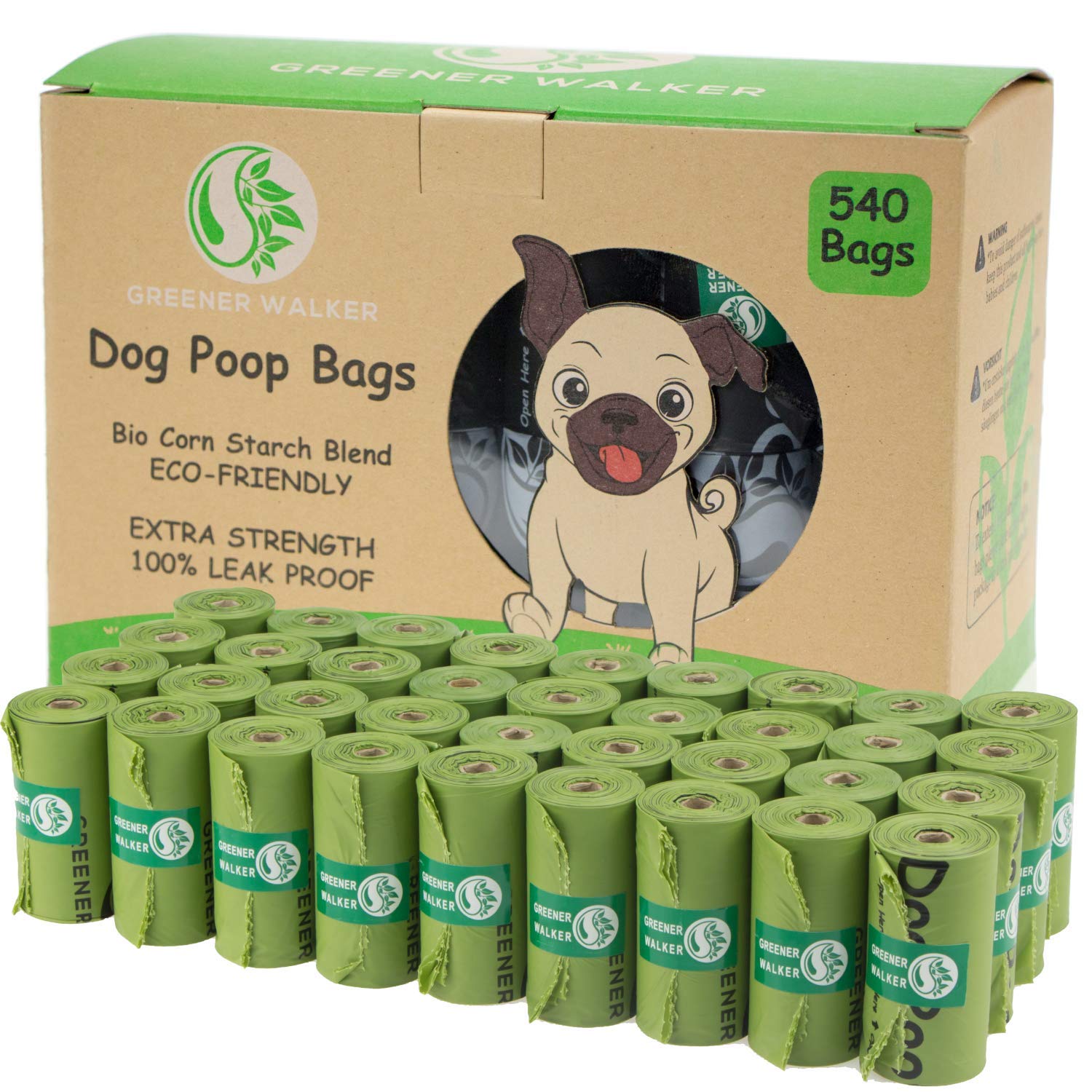Poo Hussle
Poo Hussle
I never thought I’d write about poo bags. But as someone who regularly walks two dogs, it’s one of those things you just can’t avoid. As a conscientious dog owner, I want a poo bag that’s as environmentally friendly as possible. I also want it to work. There’s nothing worse than a poo bag failing—and I won’t expand on that.
Take the Amazon market leader in eco poo bags, for example. It gives you a nice, fluffy feeling that what you’re buying will compost away into nothing but water and fairy dust. Then there are others made not from virgin plastic but from a percentage of recycled plastic. Some are made with plant-based materials, and others are blends of all the above. But which ones are truly the most environmentally friendly? I couldn’t figure it out—because once you dig into the details, there are so many factors to consider.
One thing became clear: nearly all plastics either don’t break down or break down into smaller plastics, eventually becoming microplastics. Microplastics end up everywhere—including inside animals, you, and me. So if anything you use contains plastic as we know it, it remains plastic and just floats around the planet, ending up in turtles’ mouths and in the tuna you eat.
So a product that’s 90% recycled plastic? That just means you’ve extended the life of a piece of virgin plastic by one use. That’s good—but only slightly.
Even then, it gets more complicated. I recently bought a year’s supply of poo bags from a supplier I’ve used for years. I had the impression that “cornstarch-based” was a good thing—since cornstarch, being organic, does compost and break down into something harmless. But when I looked closer, I discovered the bags also contained PLA and PBAT.

The product above has been my favourite for ages but is a mix of PBAT, PLA, and cornstarch. I know what cornstarch is—I thicken sauces with it. I’d heard of PLA because my 3D printer uses it. But PBAT? No idea. So I dug a little deeper. I started to feel like my cornstarch-based product was one of those exotic fruit drinks where 90% of the contents are anything but lychee.
Even decisive sounding answers weren’t that helpful:
“PBAT (poly(butylene adipate-co-terephthalate)) and PLA (polylactide) are both biodegradable polymers, but they have different origins, properties, and degradation behaviors. PLA is bio-based, typically derived from corn or sugarcane, while PBAT is fossil-based, derived from common petrochemicals. PBAT is known for its flexibility and toughness, while PLA is stiffer and more brittle. Both are compostable, but PBAT generally degrades faster than PLA under industrial composting conditions. “
I didn’t have industrial composting conditions at home, so where does that leave me now?
So when I take a closer look at my green, bio, cornstarch-blend, eco-friendly, “made from corn” poo bags—complete with a cartoon happy dog—I have to ask: how eco-friendly are they really? Are they mostly made from corn, with just a small amount of PLA or PBAT? Or is “made from corn” just a marketing trick? I still can’t find out—and honestly, I’m not sure how much it matters.
Why? Because whatever the recipe, anything containing PLA, for example, will degrade very slowly unless it’s incinerated in a controlled environment. I was reminded of this when I emptied a compost bin I inherited, only to find one of these “eco” bags completely uncomposted at the bottom. It had been there for years—but was still very much intact.
I’m a dog owner who hates dog poo—but I accept my responsibility to clean it up. What I hate more are poo bags left behind, full of poo. Poo degrades rapidly. Poo bags—of any kind—don’t.

So why did I write this article as a Poo Hussle? Because when I learn something new and see an opportunity, I want to create a product that meets it.
